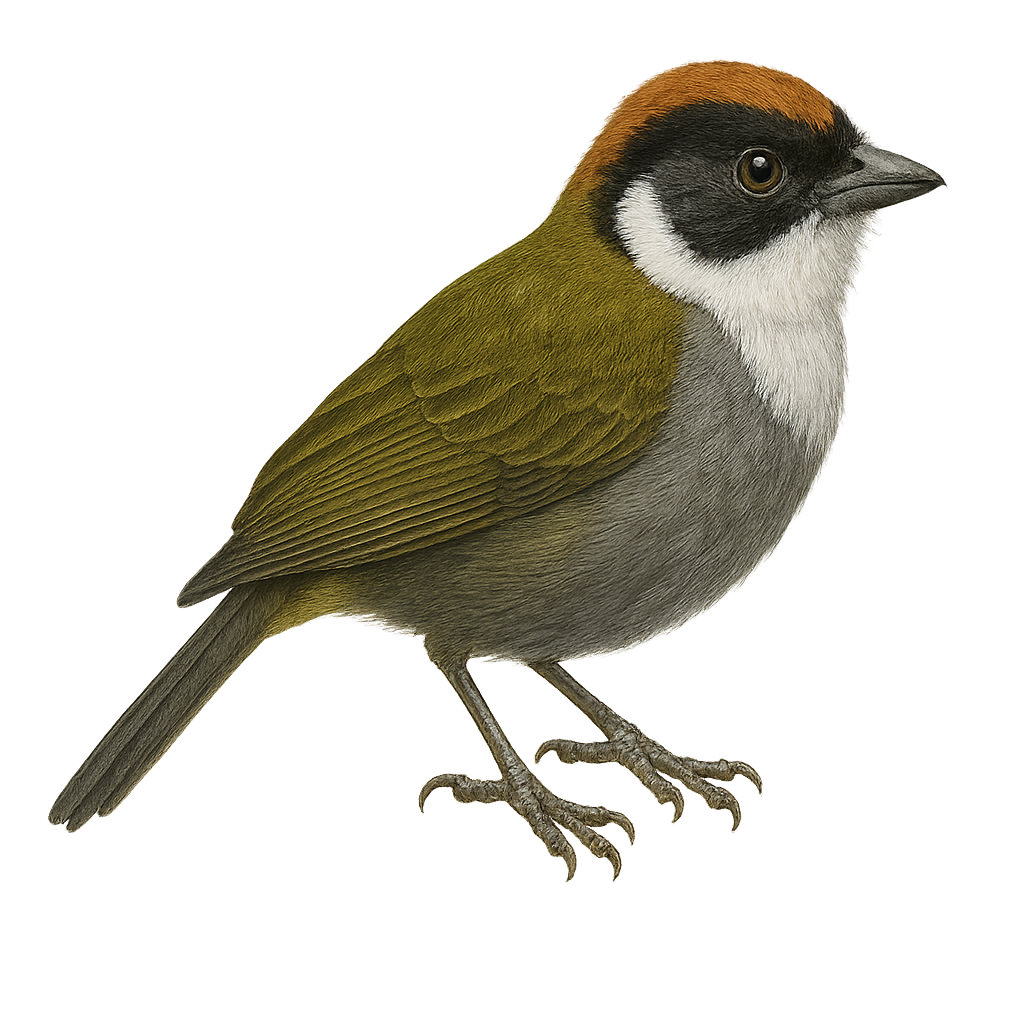Your wildlife photography guide.
Explore the chestnut-capped brushfinch in detail, study its behavior, prepare your shots.
Where to observe and photograph the chestnut-capped brushfinch in the wild
Learn where and when to spot the chestnut-capped brushfinch in the wild, how to identify the species based on distinctive features, and what natural environments it inhabits. The WildlifePhotographer app offers tailored photography tips that reflect the chestnut-capped brushfinch’s behavior, helping you capture better wildlife images. Explore the full species profile for key information including description, habitat, active periods, and approach techniques.
Chestnut-capped Brushfinch
Scientific name: Arremon brunneinucha

IUCN Status: Least Concern
Family: PASSERELLIDAE
Group: Birds
Sensitivity to human approach: Suspicious
Minimum approach distance: 10 m
Courtship display: March to April
Incubation: 13-15 jours
Hatchings: March to May
Habitat:
Humid forests, dense undergrowth
Activity period :
Primarily active during the day, with peak activity in the morning and late afternoon.
Identification and description:
The Chestnut-capped Brushfinch is a medium-sized bird known for its distinctive chestnut-brown cap, contrasting with its olive-green back and gray belly. It also features a black stripe across its eyes, adding to its unique appearance. This bird is primarily found in the humid forests and dense undergrowth of Central America, where it feeds mainly on insects and seeds. Although discreet, it is often detected by its melodious song. The Chestnut-capped Brushfinch is a sociable bird, often seen in small groups or pairs. Its ability to adapt to various forest habitats makes it a common resident within its range.
Recommended lens:
400 mm – adjust based on distance, desired framing (portrait or habitat), and approach conditions.
Photography tips:
To photograph the Chestnut-capped Brushfinch, it is advisable to use a telephoto lens of at least 400mm to capture detailed images without disturbing the bird. Look for areas of dense undergrowth where these birds are active, and be patient, as they can be suspicious. Listen for their distinctive song to locate them more easily. Natural morning or afternoon light is ideal for obtaining well-lit photos.
The WildlifePhotographer App is coming soon!
Be the first to explore the best nature spots, track rutting seasons, log your observations, and observe more wildlife.
Already 1 432 wildlife lovers subscribed worldwide

